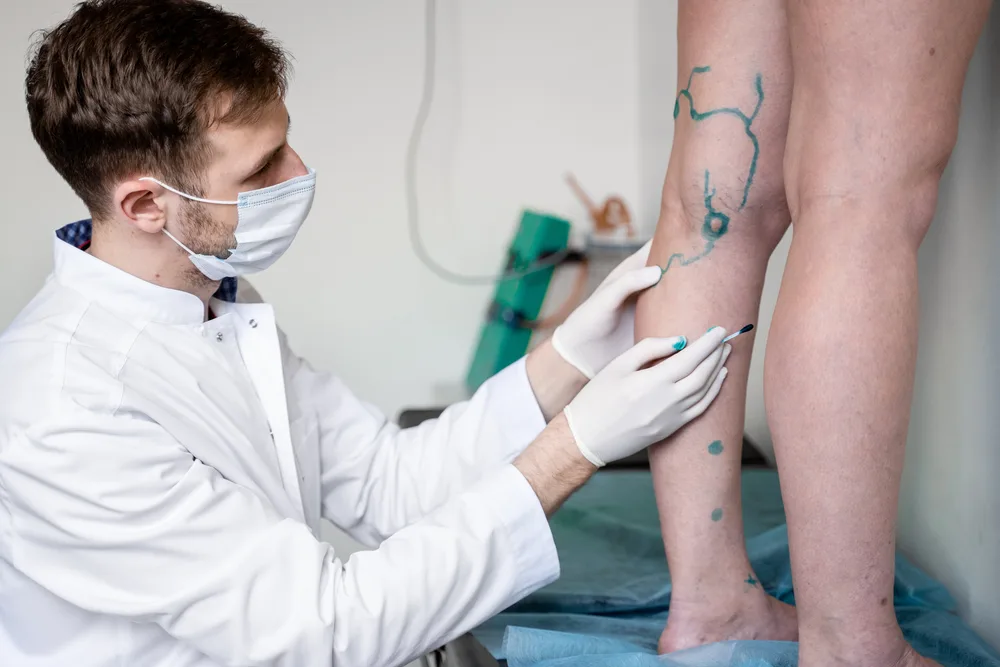Carotid artery disease, caused by narrowing or blockage of the arteries supplying blood to the brain, significantly increases the risk of stroke. Timely intervention through vascular surgery in Riyadh can prevent life-threatening complications and improve long-term outcomes. Understanding the surgical options, procedure process, and recovery expectations empowers patients to make informed decisions about their vascular health.
What Is Carotid Artery Disease:
Carotid artery disease occurs when plaque builds up in the carotid arteries:
- Reduces blood flow to the brain and increases the risk of stroke
- Often develops gradually and may be asymptomatic until significant narrowing occurs
- Risk factors include high blood pressure, high cholesterol, smoking, diabetes, and age
- Symptoms can include transient ischemic attacks (TIAs) such as temporary weakness, numbness, or difficulty speaking
Early detection through imaging like ultrasound, CT, or MRI is critical for preventing strokes.
When Surgery Is Recommended:
Surgical intervention is considered based on the severity of artery blockage and patient risk factors:
- Symptomatic patients experiencing TIAs or minor strokes
- Significant narrowing (typically 70% or more) detected on imaging
- Patients with rapidly progressing blockage or high-risk plaque characteristics
- When medical therapy alone is insufficient to prevent stroke
Vascular specialists evaluate each patient’s condition to determine the optimal timing for surgery.
Types of Carotid Artery Surgery:
Several surgical and minimally invasive approaches address carotid artery disease:
- Carotid Endarterectomy (CEA): Traditional surgery to remove plaque and restore blood flow
- Carotid Artery Stenting (CAS): Minimally invasive procedure using a stent to open the narrowed artery
- Hybrid Procedures: Combining open and endovascular techniques for complex cases
- Emergency Surgery: Required in cases of imminent stroke or severe blockage
Each method is tailored to the patient’s anatomy, risk profile, and overall health.
Benefits of Minimally Invasive Surgery:
Endovascular techniques are increasingly preferred for select patients:
- Small incisions reduce scarring and post-operative discomfort
- Shorter hospital stays and faster recovery times
- Lower risk of infection and bleeding compared to open surgery
- Suitable for patients with advanced age or comorbid conditions
Minimally invasive approaches allow patients to resume normal activities sooner while effectively preventing strokes.
Preparing for Surgery:
Preparation ensures safe and effective treatment:
- Comprehensive imaging to assess the location and severity of plaque
- Evaluation of cardiovascular health and overall medical history
- Pre-operative instructions including fasting, medication adjustments, and lifestyle guidance
- Discussion of procedure expectations, potential risks, and recovery timeline
Proper preparation reduces complications and supports a smoother surgical experience.
What to Expect During the Procedure:
Carotid artery surgery is performed under strict monitoring with advanced imaging guidance:
- General or regional anesthesia is administered to ensure comfort and safety
- In CEA, the surgeon removes plaque and repairs the artery using a patch or suture
- In CAS, a catheter is used to place a stent and restore blood flow
- Surgery duration varies depending on complexity and technique used
Modern techniques provide precise treatment while minimizing trauma to surrounding tissues.
Recovery and Post-Operative Care:
Recovery depends on the type of surgery and individual health factors:
- Hospital stay typically ranges from one to three days for most procedures
- Patients may experience mild pain, swelling, or bruising at the incision site
- Gradual return to normal activity is encouraged, avoiding strenuous exertion initially
- Follow-up imaging ensures the artery remains open and monitors for restenosis
Adherence to post-operative instructions is essential for successful outcomes.
Risks and Complications:
While carotid surgery is generally safe, potential risks include:
- Bleeding or infection at the incision site
- Blood clots, stroke, or transient ischemic attacks during or after surgery
- Nerve injury causing temporary weakness or numbness
- Restenosis, requiring additional monitoring or treatment
Choosing a skilled vascular surgeon minimizes these risks and ensures comprehensive post-operative care.
Long-Term Management After Surgery:
Sustaining vascular health is critical after carotid surgery:
- Regular follow-up visits and imaging to monitor artery patency
- Medications to control blood pressure, cholesterol, and prevent clot formation
- Lifestyle modifications including a healthy diet, regular exercise, and smoking cessation
- Ongoing management of comorbid conditions like diabetes or heart disease
Combining surgical intervention with long-term care reduces the risk of future strokes.
Final Thoughts:
Carotid artery surgery is a proven method for preventing strokes and improving long-term vascular health. Vascular surgery in Riyadh provides access to experienced specialists, advanced surgical and minimally invasive techniques, and comprehensive care to ensure optimal results. By understanding when surgery is needed, the types of procedures available, recovery expectations, and long-term management, patients can take proactive steps to protect their brain health and overall well-being.

